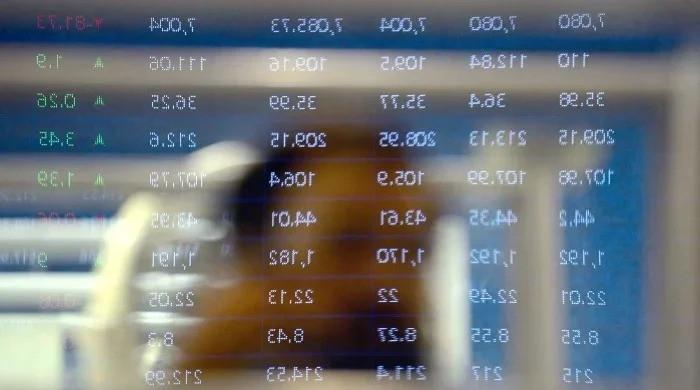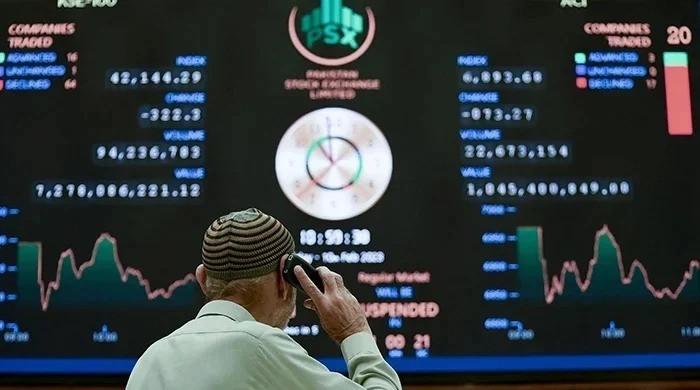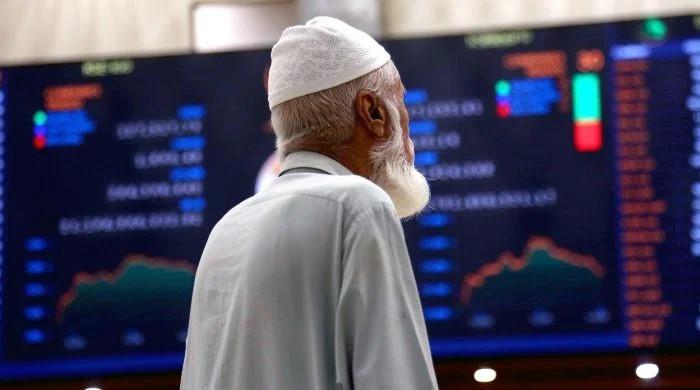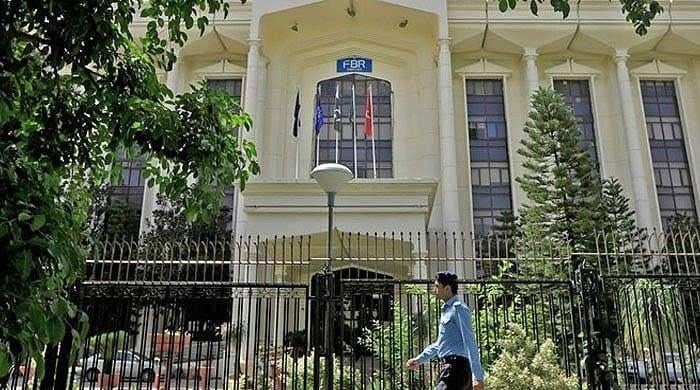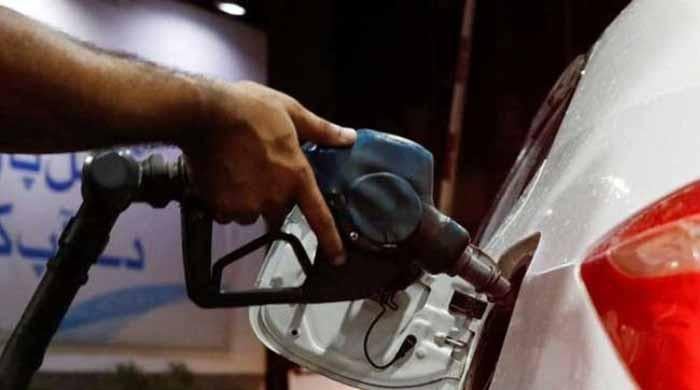Rupee continues to slide downwards as dollar demand rises
Local unit closes at 223.42 in interbank market after losing Rs2 in the interbank market
September 07, 2022
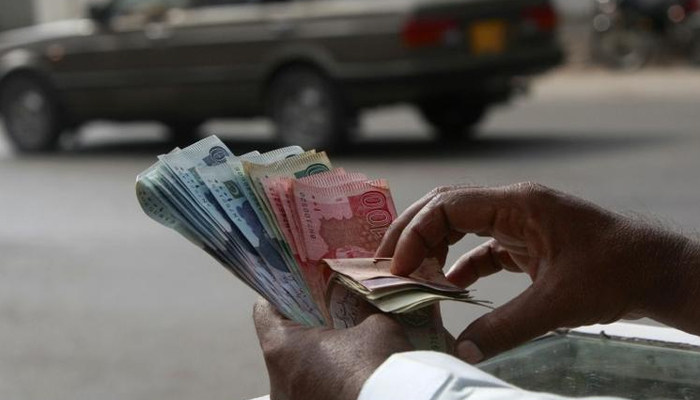
- Rupee closes at 223.42 in interbank market.
- Local unit loses Rs2 against dollar.
- Importer demand, exporter supplies to move unit.
KARACHI: The Pakistan rupee continued to depreciate against the US dollar Wednesday in the interbank market as the local unit remained under pressure due to a rise in dollar demand.
The local unit closed at 223.42 after losing 2 or 0.90% against the dollar in the interbank market, up from yesterday's close of 221.42, according to the data released by the State Bank of Pakistan (SBP).
The rupee's depreciation follows a fluctuation in the demand and supply position of the greenback in the currency market.
Albeit, traders and dealers had expected the rupee to trade within a range of 218-19 in the coming days — the situation has quickly changed as the floods have overshadowed the International Monetary Fund's (IMF) loan disbursement.
Initial estimates suggest that Pakistan suffered a massive economic loss in the range of $10 to $12.5 billion as a result of the devastating floods — and the government also plans to cut the Public Sector Development Program (PSDP) by billions.
The local unit largely remained stable last week as the market sighed in relief when a $1.16 billion loan tranche arrived after IMF revived a bailout package for a cash-strapped country.
Talking to Geo.tv, Economist and former adviser to the federal ministry of finance Dr Khaqan Hassan Najeeb said that it was comforting for the markets to see that Pakistan had resumed its program with the IMF after completing the seventh and eighth reviews.
He noted that the programme's resumption did alleviate fears of a near-term challenging scenario and created the hope for unlocking funding from other multilateral lenders and friendly countries.
However, he noted that the economy has suffered from the worst flood in decades, forcing the government to half the growth and bring it down to 2.3%.
Najeeb said that in the aftermath of the floods, the damage to cotton and rice crops may hurt exports earlier envisaged at around $36 billion and increase the current account deficit.
The same point was raised by other analysts, who expect the rupee to come under some pressure as Pakistan moves to import a higher amount of essential commodities in the wake of floods in the country.
Apart from that, Najeeb said that political uncertainty, loss of confidence, higher forex needs (due to flood requirements, a backlog of letters of credit payments, and higher Afghan trade), and slower inflows are all contributing to the weakness of the rupee.
The economist also noted that a gap of around Rs 10 between the open market and interbank needs more orderly movement so that remittances don't flow through informal channels.
Currently, there is a huge difference between the open market and interbank rates as it is over Rs11.




